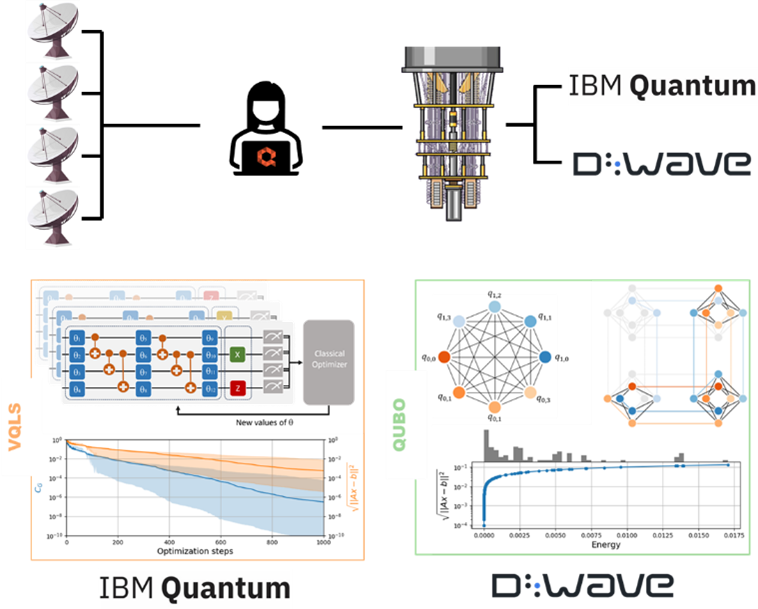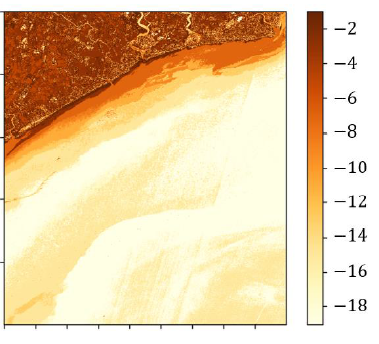The Problem
Radiotherapy, a critical cancer treatment, relies on precise radiation dose planning to maximize effectiveness while minimizing harm to healthy tissue. Traditional methods for Fluence Map Optimization (FMO) struggle with computational complexity, especially as treatment plans involve more variables and higher voxel counts, a type of three-dimensional pixel. Since the optimization problem requires both minimizing damage done to healthy tissue and maximizing dose administered to target organs, there is not a single optimal plan, but rather a “Pareto front” of optimal plans. For organizations like Elekta and the UMC Utrecht, understanding novel computational tools like quantum computing is important for potentially improving the speed or accuracy with which radiotherapy plans are made.
The Solution
In this project the potential of quantum annealing for FMO was investigated. Quantum annealers explore complex optimization landscapes using principles of quantum mechanics, and research has demonstrated that they have the potential to do this faster than classical methods when the technology matures. Since the FMO problem involves solving a large optimization task, the use of quantum annealers is a good fit. The FMO problem is first reformulated into a QUBO (Quadratic Unconstrained Binary Optimization) format, enabling compatibility with annealing hardware. Simulated annealing (SA) serves as a practical benchmark for current quantum annealers, while hybrid solvers combine quantum and classical approaches for larger problem sizes. We solved several formulations of the FMO problem with varying complexities, adapting the number of beam angles, the beam resolution, the number of organs at risk and the number of voxels of the problem formulation. This allowed us to get a better grip on how the different problem variables impact the efficiency of a quantum solution.

Diagram of calculated dose to a planned target volume in a prostate, with doses computed using Simulated Annealing, over three radiation beam angles.
The Benefits
In this project, we demonstrated that a simple FMO problem for one organ at risk, consisting of three radiation beam angles can be solved using quantum annealing. We also demonstrated that more complex problem formulations involving multiple organs at risk can be solved using simulated annealing. Feasibility was established but claims about the scalability and benefits of the quantum solution require further research. Due to the simplified nature of the problem formulations that could be handled by a quantum annealer, and the rigor required for demonstrating clinical application, it was determined in this project that is too early for quantum computing to aid in improving FMO computations.



